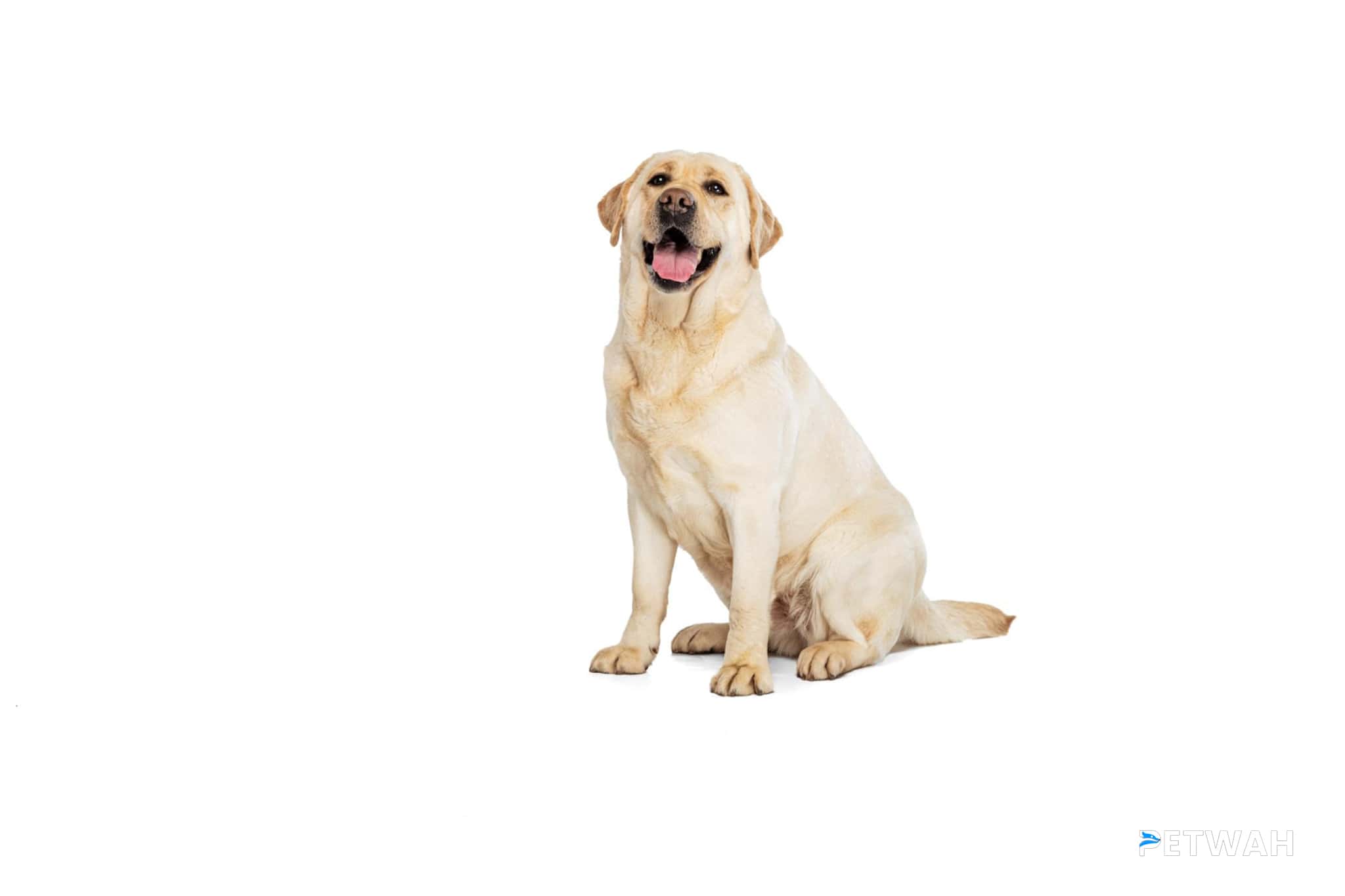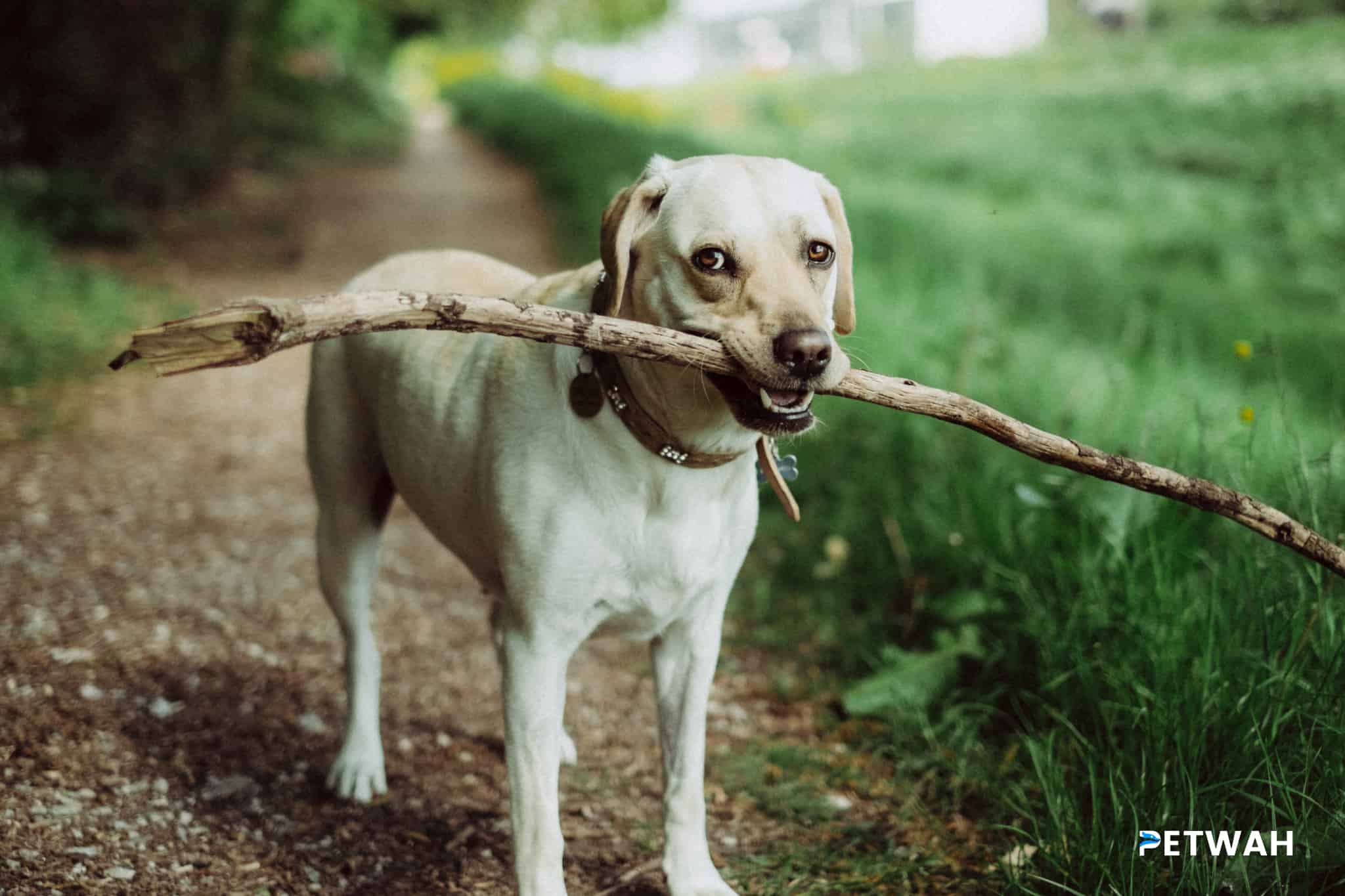Golden Retrievers are one of the most beloved dog breeds around the world. They are friendly, loyal, and always eager to please their owners. As a Golden Retriever parent, you want to ensure that your furry friend stays healthy and happy throughout their life. One important aspect of their well-being is their diet. Whether you’re changing their food due to a dietary requirement or simply want to try something new, transitioning a Golden Retriever to a new type of food can be a challenging task. In this blog post, we will provide you with some tips and best practices to make the process as smooth as possible.
Golden Retrievers are one of the most popular breeds in the world, and for good reason. They are friendly, loyal, and make great family pets. As a responsible pet owner, you want to ensure that your furry friend gets the best possible care, which includes a healthy diet.
While it’s important to choose the right food for your Golden Retriever, it’s equally important to transition them to a new type of food gradually. Abruptly changing their diet can lead to digestive issues such as vomiting, diarrhea, and even loss of appetite. Here are some tips and best practices to help you transition your Golden Retriever to a new type of food:
1. Start Slowly: Begin by mixing the new food with their current food. Gradually increase the amount of new food and decrease the amount of old food over a period of 7-10 days. This will help your Golden Retriever’s digestive system adjust to the new food.
2. Be Consistent: Stick to a feeding schedule and measure the amount of food you give your Golden Retriever. This will help you determine if they are getting the right amount of food and make it easier to transition to a new food.

3. Monitor Your Golden Retriever’s Health: Keep an eye on your Golden Retriever’s health during the transition period. If they experience any digestive issues or other health problems, consult your veterinarian.
4. Choose High-Quality Food: Make sure you choose high-quality food that meets your Golden Retriever’s nutritional needs. Look for food that contains high-quality protein, essential vitamins and minerals, and no fillers or artificial preservatives.
5. Consider Your Golden Retriever’s Age and Activity Level: The type of food you choose for your Golden Retriever will also depend on their age and activity level. Puppies and senior dogs have different nutritional needs than adult dogs, and highly active dogs may require more protein and calories.
transitioning your Golden Retriever to a new type of food requires patience and careful planning. By following these tips and best practices, you can help ensure a smooth transition and a happy, healthy pet. Remember to always consult your veterinarian if you have any questions or concerns about your Golden Retriever’s diet.
In conclusion, transitioning your Golden Retriever to a new type of food can seem like a daunting task, but it doesn’t have to be. By following the tips and best practices outlined in this article, you can help make the change as smooth and stress-free as possible for both you and your furry friend. Remember to take it slow, monitor your dog’s behavior and health closely, and don’t hesitate to seek professional advice if needed. With a little patience and care, your Golden Retriever will be happily munching away on their new food in no time!








